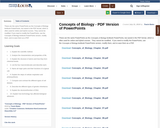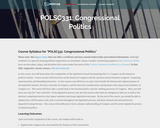
Law, in its simplest form, is used to protect one party from another. For instance, laws protect customers from being exploited by companies. Laws protect companies from other companies. Laws even protect citizens and corporations from the government. However, law is neither perfect nor all encompassing. This course will introduce the student to the laws and ethical standards that managers must abide by in the course of conducting business. Laws and ethics almost always shape a company's decision-making process; a bank cannot charge any interest rate it wants to charge that rate must be appropriate. By the end of this course, the student will have a clear understanding of the legal and ethical environment in which businesses operate. Upon successful completion of this course, the student will be able to: Identify sources of law in the United States; Describe the function and role of courts in the US legal system; Differentiate litigation from methods of alternative dispute resolution; List the elements of the major torts; List the essential elements of a valid contract; Describe how a contract can fail; Summarize the remedies available for breach of contract; Distinguish between real and personal property; Identify the various interests in real property and how they pass; Identify the requirements to hold various rights under intellectual property laws; Analyze the impact of the digital era on intellectual property rights; Distinguish between at-will employment and contractual employment; Identify laws that generally regulate the employer-employee relationship; Identify criminal acts related to the business world; Define white collar crime; Describe the various forms of business organization; Identify the major laws regulating business in the United States; Identify major ethical concerns in business today. (Business Administration 205)
- Subject:
- Business and Communication
- General Law
- Law
- Material Type:
- Assessment
- Full Course
- Lecture
- Reading
- Syllabus
- Textbook
- Provider:
- The Saylor Foundation
- Date Added:
- 09/07/2018


















